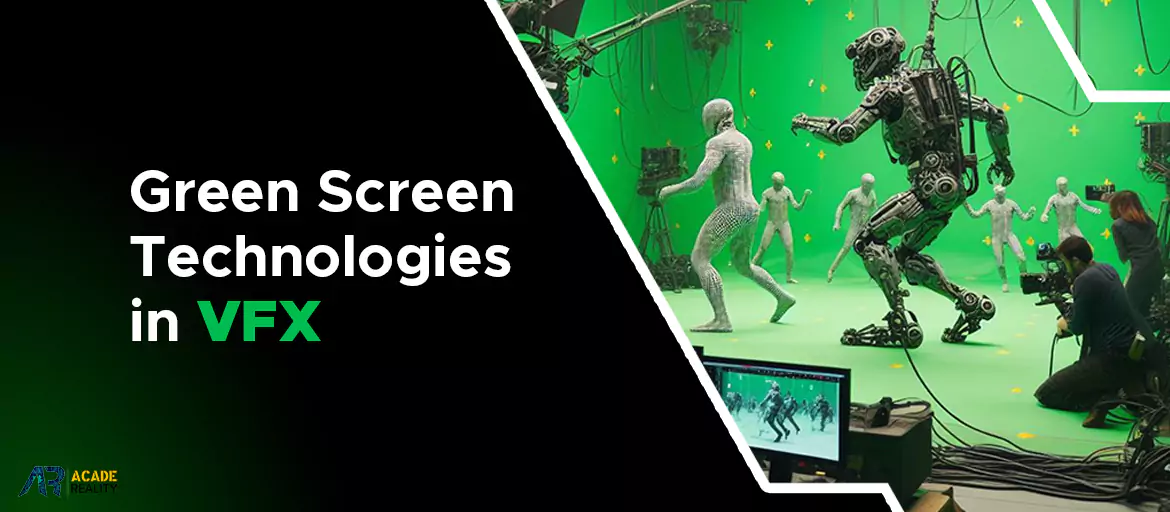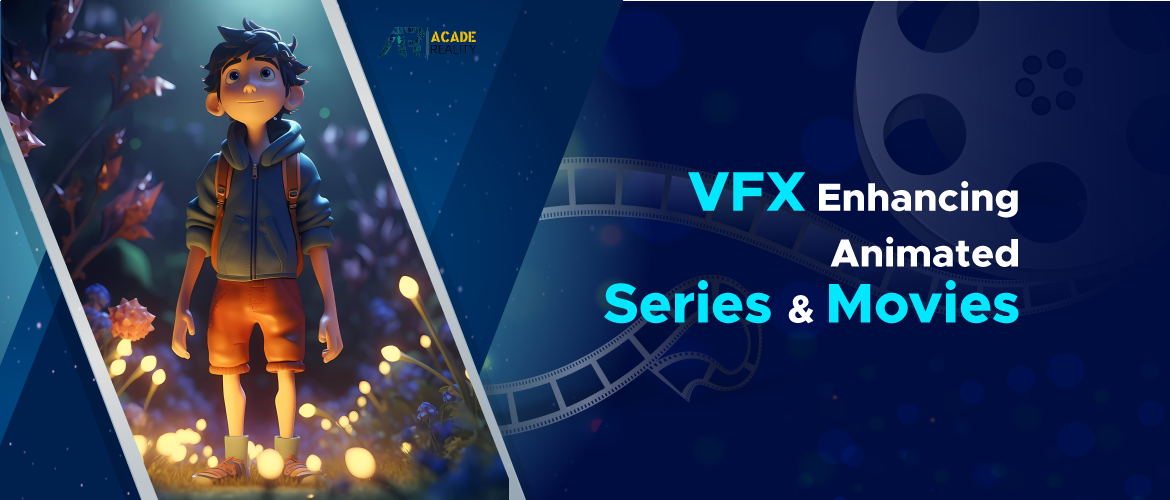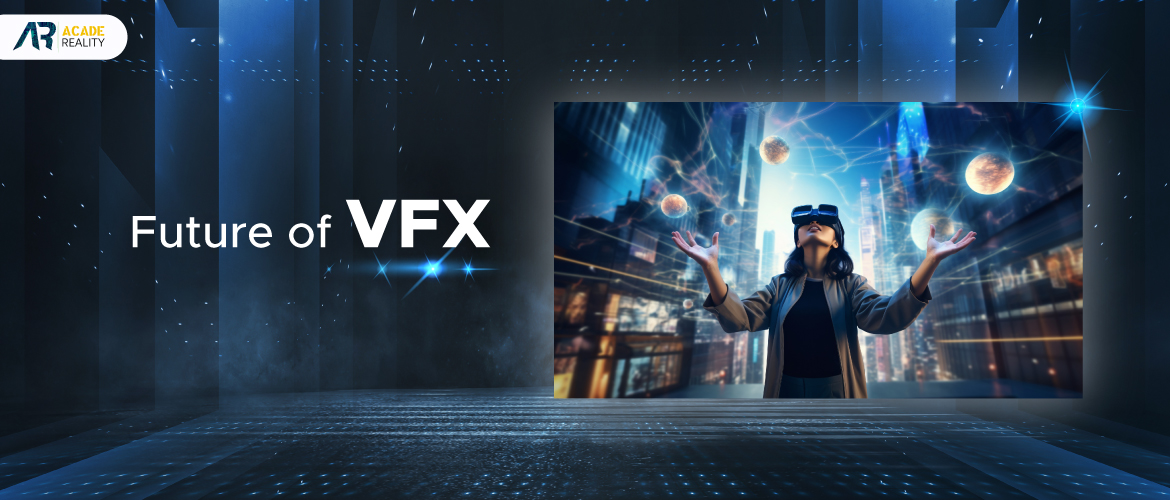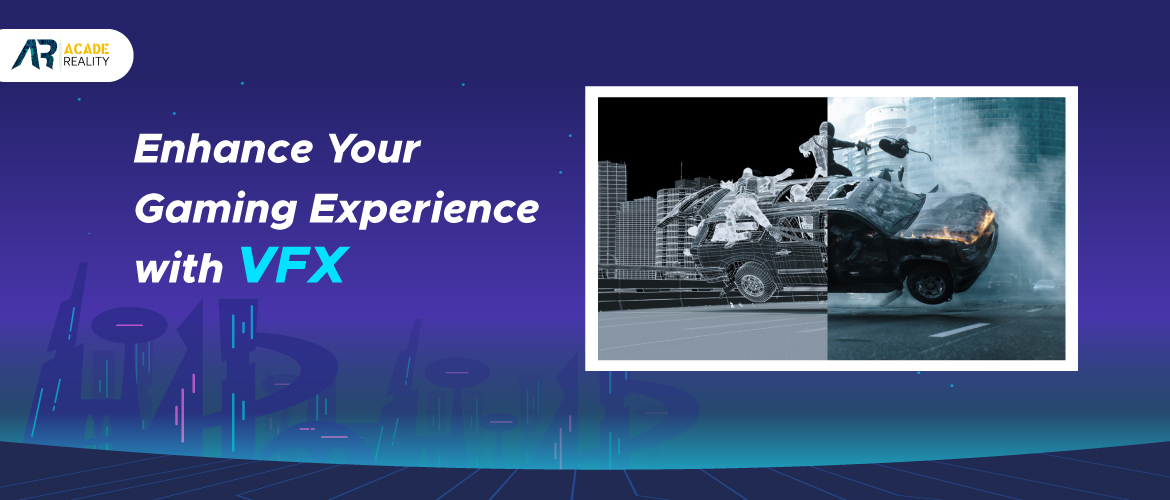History and Evolution of VFX in the Film Industry
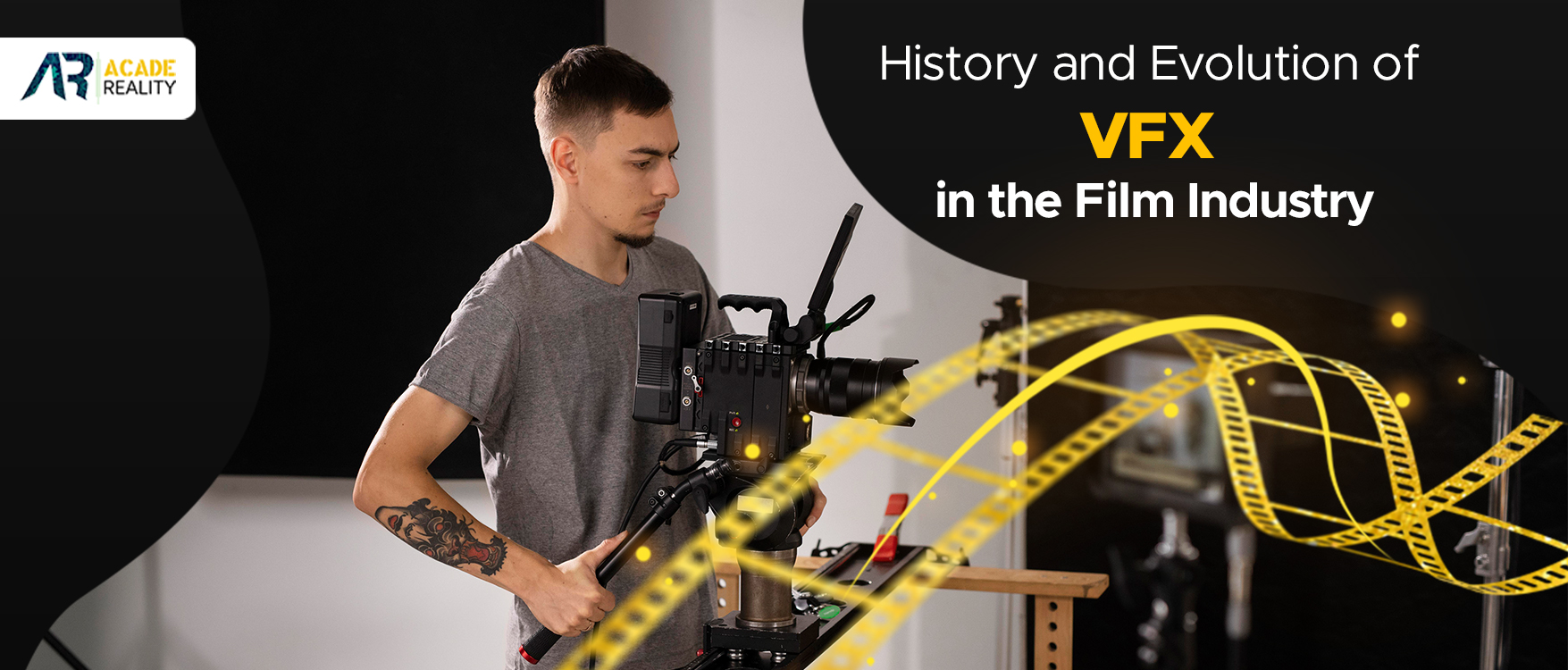
Introduction:
The film industry has undergone a remarkable transformation over the years, with technological advancements playing a pivotal role in shaping the cinematic landscape. Among the myriad innovations that have left an indelible mark on filmmaking, the evolution of VFX in films stands out as a testament to the industry's commitment to pushing the boundaries of imagination. In this article, we will embark on a journey through time, unraveling the fascinating history and evolution of VFX in the film industry.
The Early Years:
The inception of visual effects can be traced back to the early days of cinema when filmmakers experimented with practical effects and in-camera tricks to captivate audiences. Silent films of the late 19th and early 20th centuries, such as Georges Méliès' "A Trip to the Moon" (1902), showcased the use of stop-motion animation and hand-painted frames, laying the groundwork for the future of visual storytelling.
The advent of Technicolor in the 1930s introduced color to the cinematic palette, offering filmmakers new opportunities to enhance visual storytelling. Despite limited technological resources, directors like Victor Fleming utilized miniature models and matte paintings in classics such as "The Wizard of Oz" (1939), showcasing the early potential of visual effects to transport audiences to fantastical realms.
The Birth of Computer Generated Imagery (CGI)
The 1970s marked a significant turning point with the emergence of computer technology in filmmaking. The invention of the first computer-generated imagery (CGI) by Ed Catmull and Fred Parke at the University of Utah in 1972 paved the way for a revolution in visual effects. The first notable use of CGI in a feature film was in "Westworld" (1973), where it was employed to depict the robotic point of view.
However, it was the 1982 film "Tron" that truly brought CGI to the forefront, creating a visually stunning digital world within the confines of a computer. The groundbreaking success of "Tron" opened the floodgates for further exploration of CGI in filmmaking, with directors realizing the potential to create immersive and otherworldly environments.
The Practical and Digital Blend
The 1980s and 1990s witnessed a harmonious blend of practical effects and CGI, with filmmakers like James Cameron pushing the envelope in films such as "The Abyss" (1989) and "Terminator 2: Judgment Day" (1991). These movies showcased the seamless integration of practical effects, animatronics, and groundbreaking CGI, setting new standards for the industry.
One of the most iconic moments in the evolution of VFX in the films came with the release of "Jurassic Park" in 1993. The film was directed by Steven Spielberg and featured lifelike dinosaurs created through a combination of animatronics and CGI. The film not only captivated audiences with its narrative but also demonstrated the potential of VFX services for films to bring extinct creatures back to life on the big screen.
The Matrix Trilogy (1999-2003) and the Rise of Bullet Time
The late 1990s saw the release of "The Matrix" (1999), a film that not only redefined the science fiction genre but also introduced the groundbreaking visual effect known as "Bullet Time." Created by John Gaeta, this technique involved the use of multiple cameras arranged in a circular rig to capture a moment from various angles. The result was the iconic slow-motion sequences where the camera seemingly moved through frozen time, allowing audiences to witness action in a way never imagined.
The success of "The Matrix" trilogy not only solidified the importance of VFX in films in contemporary filmmaking but also inspired a new generation of filmmakers to push the boundaries of what was possible in the digital realm.
The Digital Revolution and Motion Capture
As the 21st century progressed, advancements in computing power and software capabilities fueled a digital revolution in the film industry. Filmmakers embraced increasingly sophisticated CGI to create visually stunning worlds and characters. The introduction of motion capture technology further enhanced the ability to bring digital characters to life with unprecedented realism.
The collaboration between director Peter Jackson and Weta Digital for "The Lord of the Rings" trilogy (2001-2003) showcased the potential of combining practical effects, miniatures, and groundbreaking CGI. The creation of memorable characters like Gollum achieved through motion capture and CGI, earned the film industry's admiration and set new benchmarks for visual storytelling.
Marvel Cinematic Universe (MCU) and the Era of Blockbusters
The 21st century also witnessed the rise of the blockbuster era, with superhero films dominating the box office. The Marvel Cinematic Universe (MCU) became a global phenomenon, redefining not only the superhero genre but also the role of visual effects in filmmaking.
Films like "Iron Man" (2008) and "The Avengers" (2012) showcased the seamless integration of practical effects and CGI to bring larger-than-life characters and epic battles to the screen. The demand for visually spectacular moments became a hallmark of the MCU, with each film pushing the boundaries of what could be achieved through VFX.
Interstellar (2014) and the Pursuit of Scientific Accuracy
Christopher Nolan's "Interstellar" (2014) stands out as a notable example of a filmmaker using VFX in films to not only tell a compelling story but also to explore scientific accuracy. The film employed a combination of practical effects, miniatures, and CGI to depict the vastness of space and the effects of gravity on time. Nolan's commitment to using practical effects whenever possible contributed to the film's authenticity, earning it praise from both audiences and scientists alike.
The Streaming Era and VFX in Television
The evolution of VFX services is not limited to the silver screen, as television productions have also embraced these technologies to deliver cinematic experiences in episodic formats. With the rise of streaming platforms, shows like "Game of Thrones" (2011-2019) have set new standards for the quality of visual effects on the small screen. The dragons, battles, and expansive landscapes created through a combination of practical effects and CGI have blurred the lines between film and television.
Challenges and Ethical Considerations:
1. Balancing Realism and Creativity
As VFX capabilities advance, filmmakers face the challenge of striking a balance between creating realistic visuals and preserving the artistic essence of storytelling.
2. Ethical Dilemmas in Digital Recreation
The use of CGI to recreate deceased actors, as seen in films like "Rogue One: A Star Wars Story" (2016), raises ethical questions about consent, representation, and the legacy of performers.
Current Trends and Future Horizons:
1. Virtual Production and Real-Time Rendering
Recent years have seen the advent of virtual production techniques, exemplified by Disney's "The Mandalorian" series. Real-time rendering technology allows filmmakers to visualize complex scenes on set, reducing post-production timelines.
2. AI and Deep Learning in VFX
Integrating Artificial Intelligence (AI) and deep learning algorithms has opened new frontiers in VFX. From de-aging actors to creating lifelike characters, AI-driven innovations are reshaping the landscape of visual effects.
Conclusion:
As we reflect on the history and evolution of visual effects in the film industry, it becomes evident that VFX has become an integral and indispensable part of the cinematic experience. From the early days of practical effects to the current era of advanced CGI and motion capture, filmmakers continue to push the boundaries of what is possible in visual storytelling.
The future of VFX services company holds even more exciting possibilities, with emerging technologies such as virtual production and real-time rendering changing the way films are conceptualized and produced. As we eagerly anticipate the next wave of cinematic innovations, one thing remains certain – visual effects will continue to shape the imagination of audiences around the world, transporting them to new realms and pushing the limits of what can be achieved in the world of storytelling.
You Might Like
